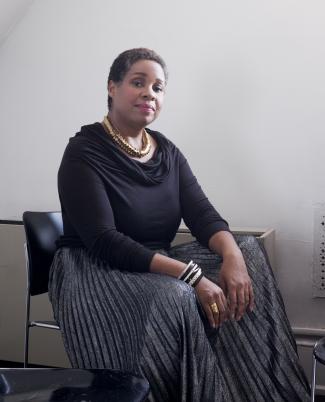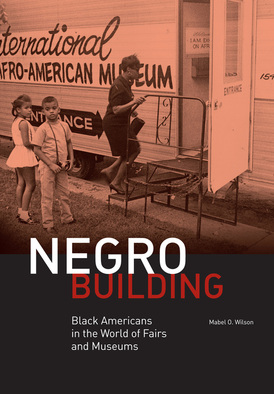Rommel
3/17/2013 02:28:29 pm
NOMA Mission Comments are closed.
|
Events, News, Dialogue
We welcome contributions from all SFNOMA members and supporters. This page is a place for news about architecture, design and culture. It is also a place for members to have a dialogue about issues and ideas relevant to their experience in the profession. Join the conversation! Archives
June 2016
Categories |




 RSS Feed
RSS Feed
